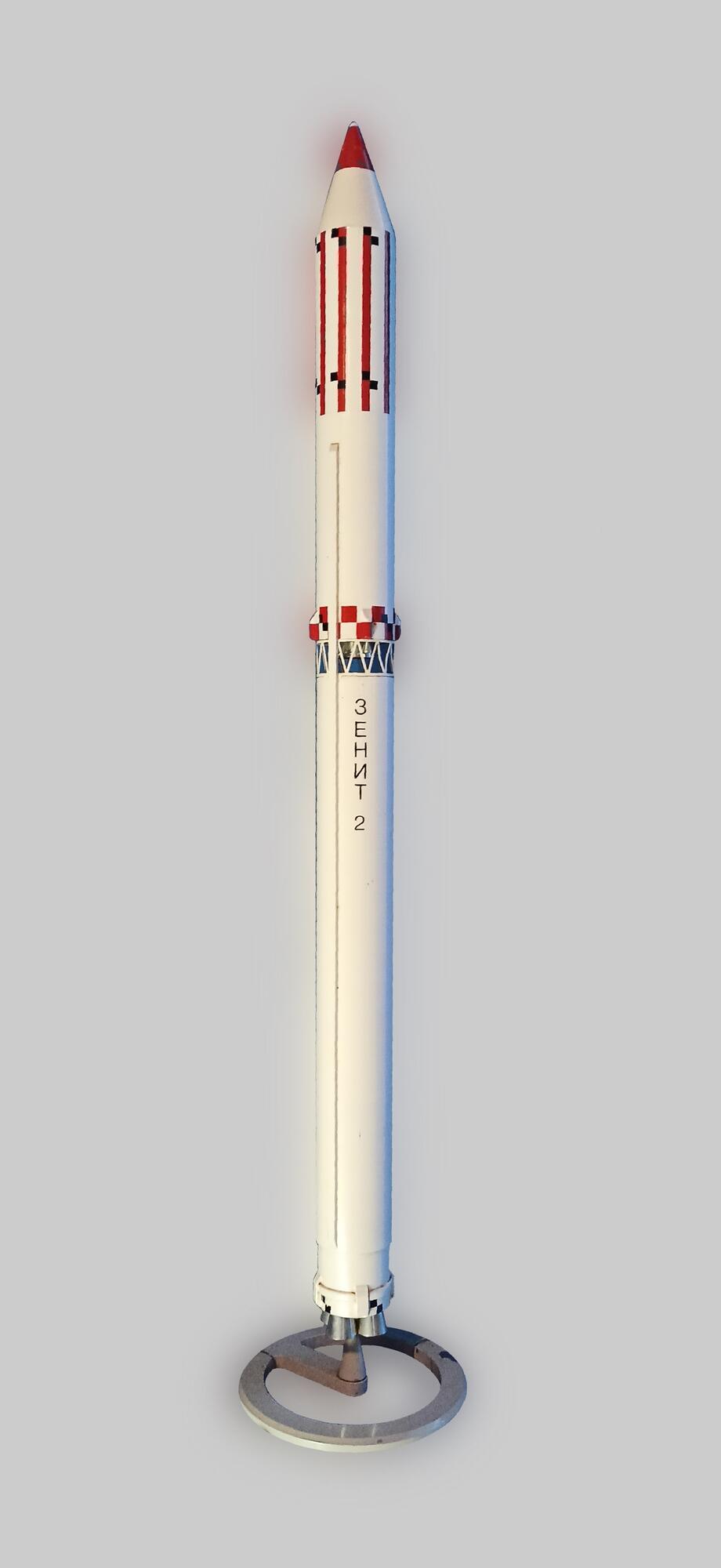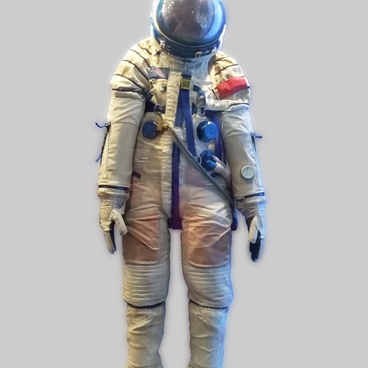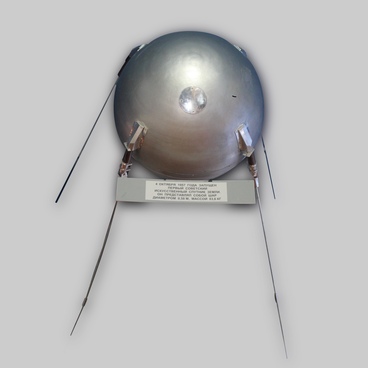Launcher ‘Zenit’ is the first Russian carrier designed as a space cargo system that launches into the orbit automatic and manned spacecraft. Its development started in the 1970s when there appeared a need for rockets that could launch into space heavy satellites. The new rocket carrier was created in December 1974 in the design bureau ‘YUzhnoye’. Chief designer was academician Vasily Utkin. ‘Zenit’ launched its first satellite into orbit as soon as October 1985.
The three-chambered first-stage engine RD-124 and the single-chambered engine of the second stage RD-125 operated on kerosene and oxygen instead of toxic components. It is this fuel that has been recognized as the most environmentally friendly.
Later, modifications of the ‘Zenit’ rocket were created, which allowed to launch spacecraft into near, sun-synchronous and polar orbits, as well as into remote geostationary orbits. In the early 1990s ‘Zenit’ production ended up divided between now independent countries: 70%, including engines, was manufactured in Russia, the rest — in Ukraine.
‘Zenit’ got its second chance from the idea of a floating cosmodrome ‘Sea Launch’. The program ‘Sea Launch’ is a commercial maritime project for sea-based rocket launches in the Pacific ocean. ‘Zenit’ was perfect for the floating spaceport, mainly due to the completely automatic start — it was possible to remove all people before the launch. And the launch from the equatorial region almost doubled the amount of payload that the rocket could have moved.
The consortium ‘Sea Launch’ was founded in 1995. It included Russia, Ukraine, and Norway, which created the launch platform and the control ship and the United States (the nose fairing and assembly). The first launch took place in 1999. However, the project was stalled due to economic problems. The platform has been relocated to the Far East, and the project has been frozen indefinitely.
Since 2004, the project ‘Land Launch’ for rockets of the family ‘Zenit’ from the launch site at the cosmodrome ‘Baikonur’ has also started to develop. The carrier in this project had the same technical appearance as the rocket for the project ‘Sea Start’. The first launch took place in 2008, but this project is also still on hold.
The three-chambered first-stage engine RD-124 and the single-chambered engine of the second stage RD-125 operated on kerosene and oxygen instead of toxic components. It is this fuel that has been recognized as the most environmentally friendly.
Later, modifications of the ‘Zenit’ rocket were created, which allowed to launch spacecraft into near, sun-synchronous and polar orbits, as well as into remote geostationary orbits. In the early 1990s ‘Zenit’ production ended up divided between now independent countries: 70%, including engines, was manufactured in Russia, the rest — in Ukraine.
‘Zenit’ got its second chance from the idea of a floating cosmodrome ‘Sea Launch’. The program ‘Sea Launch’ is a commercial maritime project for sea-based rocket launches in the Pacific ocean. ‘Zenit’ was perfect for the floating spaceport, mainly due to the completely automatic start — it was possible to remove all people before the launch. And the launch from the equatorial region almost doubled the amount of payload that the rocket could have moved.
The consortium ‘Sea Launch’ was founded in 1995. It included Russia, Ukraine, and Norway, which created the launch platform and the control ship and the United States (the nose fairing and assembly). The first launch took place in 1999. However, the project was stalled due to economic problems. The platform has been relocated to the Far East, and the project has been frozen indefinitely.
Since 2004, the project ‘Land Launch’ for rockets of the family ‘Zenit’ from the launch site at the cosmodrome ‘Baikonur’ has also started to develop. The carrier in this project had the same technical appearance as the rocket for the project ‘Sea Start’. The first launch took place in 2008, but this project is also still on hold.



